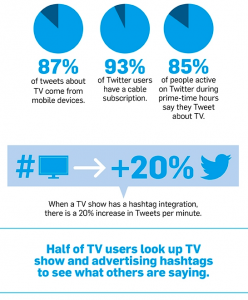By XIAO LYU
The crash of Malaysia Flight 17 was caused by a missile warhead, according to the Dutch Safety Board’s report on Tuesday.
Flight MH17 crashed in Eastern Ukraine in July 2014. Everyone on board was dead. Distressingly, many aviation accidents and incidents took place in 2014. They range from the missing of Malaysia Airlines Flight 370 to Malaysia Flight 17, from Algerian Air Force C-130 crash to TransAsia Airways Flight 222.
News media produced much coverage of those aviation accidents. They were filled with stories analyzing the facts and evidence of the crash. However, many of them were reckless and speculations, because they jumped to all sorts of conclusion without any interviews or data to support their theory. Such analysis is nothing less than the weather issues, man-made causes, terrorist attacks, or aircraft malfunction. It now appears that the interpretation of lost of the Malaysia Airlines MH 370 was absurd. Almost every media covered the cause which is the disintegration in the air. CNN dedicated 100 percent of its coverage to flight 370, even inviting a psychologist to talk about the possible causes of the crash. Later CNN theorized on their network’s website involving the highly unlikely scenario that the plane landed on a remote island in the Indian Ocean.
U.S. National Transportation Safety Board (NTSB) is the world’s most professional air accident investigation agency, but it should takes several months or even several years for them to complete the analysis. Therefore, reporters can’t make their conclusions recklessly.
In fact, most of the press did not show its responsibilities and the respect for the victims and their families. On the contrary, journalists made a fuss, creating the tense atmosphere. Also, they accused and shirked responsibility, misguiding the emotions and views of the publics and gradually became a conspiracy theory and led to the political debate.
During the investigation, the news we heard about was Russia and Ukraine accusing each other of causing the incident. As the Dutch Safety Board’s report was released, another round of uproar was set off. Russian national television is questioning the report — it showed that Foreign Minister Sergei Ryabkov echoed these denials on Tuesday, calling the Dutch report an “obvious attempt to draw biased conclusions,” according to the country’s state-run news agencies. “Russian Today” television released a short video, displaying a test involved detonating a BUK missile near the nose of an aircraft similar to a Boeing 777. It seems that the truth remains a mystery, especially under the media hype.
The responsibility of the press is to debunk myths and rumors, not to opine on events and make speculation from sources for capturing eyeballs, enhancing ratings, and boosting advertising revenue.




